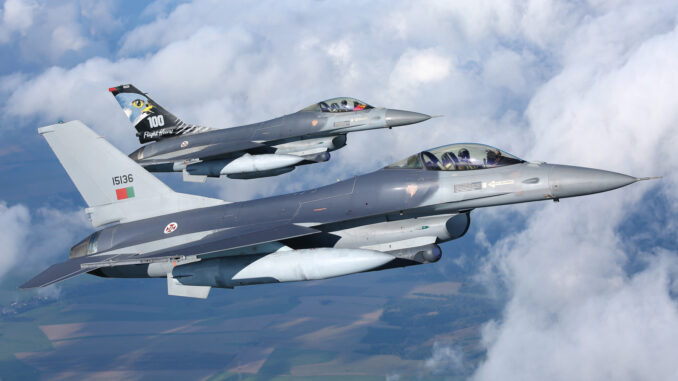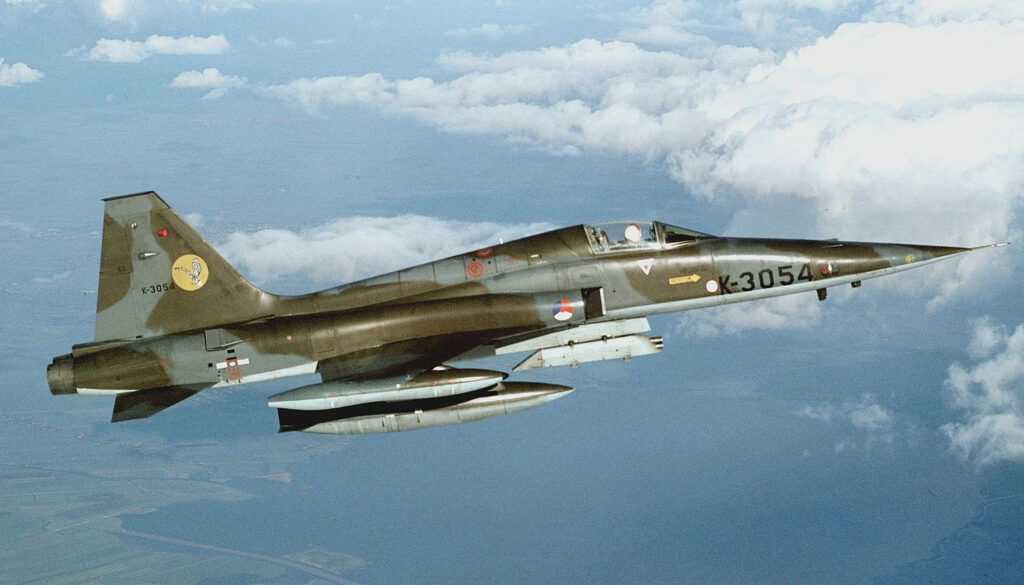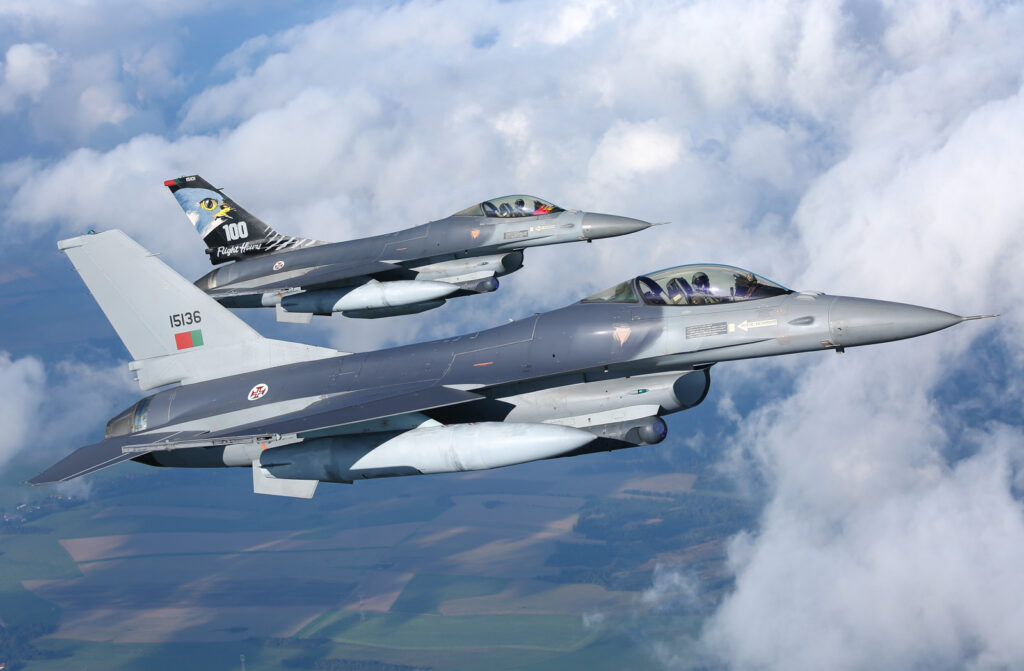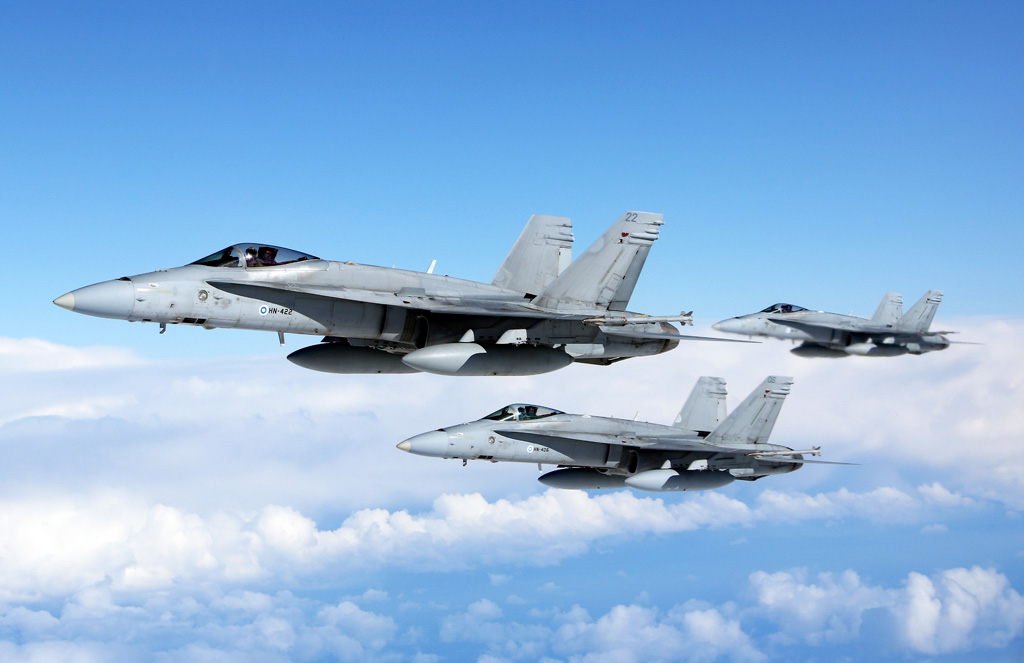
An analysis of why European countries prefer to buy American aircraftq and the strategic implications for Europe.
For several decades now, a clear trend has been emerging: many European countries prefer to buy American fighter jets rather than European ones. This preference has significant implications for the European defence industry and global military strategy. This article explores the technical, economic and political reasons behind this preference, as well as the consequences for Europe.

Technical and economic advantages of American aircraft
Economies of scale and acquisition costs
American fighter aircraft, such as the F-16 and F-35, benefit from significant economies of scale. For example, around 4,500 F-16s have been produced, reducing unit costs. In comparison, the cost of a second-hand F-16 is around four times lower than that of a new European aircraft, such as the Rafale or Eurofighter. What’s more, US programmes, which are often massive, enable better management of production and maintenance costs.
Technological and logistical advantages
American aircraft are regularly updated, both in terms of software and equipment. The F-35, although still in the development phase, is a notable example of this strategy. Continuous upgrades guarantee enhanced performance and adaptation to modern threats. In addition, spare parts and logistical support are widely available thanks to a global network of user countries, facilitating military operations.
Political and strategic reasons
Transatlantic solidarity
Choices about military equipment are often influenced by political considerations. Several European countries, particularly those in the north such as Norway, Denmark and the Netherlands, favour a strong alliance with the United States, seen as a guarantee of security and stability. This transatlantic solidarity plays a crucial role in purchasing decisions, strengthening strategic ties with Washington.
Political pressure and American influence
The influence of the United States on the international stage is also reflected in political pressure to adopt American equipment. By choosing American aircraft, European countries are assured of strategic and technical support from the United States, a decisive factor in a tense geopolitical context.
Consequences for the European defence industry
Impact on European cooperation
The choice of American equipment weakens efforts to cooperate and consolidate the European defence industry. Programmes such as Eurofighter and Rafale have seen their potential reduced by a lack of intra-European orders. This situation poses challenges for Europe’s strategic autonomy in terms of defence.
Challenges for the future
The failure of European projects to compete effectively with US programmes raises questions about the future viability of the defence industry in Europe. To overcome these challenges, initiatives such as the Future Air Combat System (FACS) seek to unify development efforts between European countries, notably France, Germany and the UK.
Advantages and disadvantages of American aircraft
Advantages
- Lower costs**: Thanks to economies of scale, American aircraft are often less expensive.
- Logistical support**: Global network of spare parts and technical support.
- Advanced technology**: Regular updates and continuous innovation.
Disadvantages
- Dependency**: Heavy reliance on the US for parts and updates.
- Hidden costs** : Development and maintenance costs may increase over time, as seen with the F-35.

Impact on European defence
Fragmentation of the defence industry
The purchase of American fighter jets by European countries is fragmenting the European defence industry. By favouring external equipment, European countries are weakening joint programmes and local initiatives such as Eurofighter and Rafale. This fragmentation limits Europe’s ability to develop and maintain an autonomous and competitive defence industrial base.
Technological and strategic dependence
The acquisition of American aircraft creates technological and strategic dependence on the United States. This dependence manifests itself in the constant need to update software and supply spare parts. For example, countries using the F-35 must rely on the United States for critical software updates, which can limit their autonomy in terms of defence.
Reduced European cooperation
The choice of American equipment reduces the incentives for European defence cooperation. Projects such as the Future Air Combat System (SCAF) aim to counter this trend by encouraging closer collaboration between European countries. However, the purchase of US equipment by key nations undermines these cooperative efforts, making it more difficult to achieve an integrated European defence.
Economic impact
The purchase of US military equipment also has significant economic repercussions for the European defence industry. By investing in non-European equipment, member states deprive local companies of substantial contracts, which can lead to a loss of skills and technological know-how in Europe. This situation can also reduce investment in research and development in the defence sector, thereby limiting innovation and long-term competitiveness.
Perception of European sovereignty
Dependence on the United States for military equipment can affect the perception of European sovereignty. A strong and autonomous European defence is essential to strengthen the European Union’s strategic position on the world stage. Buying American aircraft is often seen as a sign of weakness or lack of confidence in Europe’s ability to produce effective and competitive defence solutions.

Future EU strategy for autonomous defence
Strengthening European cooperation
To counter dependence on US equipment, the EU must strengthen cooperation between its Member States. The Future Air Combat System (SCAF) project, jointly led by France, Germany and Spain, is a promising example. This programme aims to develop a new-generation fighter aircraft by 2040, combining manned aircraft and drones, to guarantee European technological autonomy.
Investment in research and development
The EU must increase its investment in research and development (R&D) in the defence sector. This includes funding joint research programmes, creating public-private partnerships and supporting technological innovation. The European Defence Fund (EDF), launched in 2017, aims to boost investment in defence R&D and promote collaboration between European companies.
Harmonisation of defence policies
Harmonisation of Member States’ defence policies is essential for a unified defence strategy. This involves coordinating defence budgets, standardising equipment and establishing common military doctrines. The EU is also working on the creation of a rapid reaction force to respond to international crises, as a complement to NATO.
Developing European industrial capabilities
The development of robust and competitive industrial capabilities is crucial to Europe’s strategic autonomy. This means supporting European defence companies, consolidating the internal market and promoting exports. Initiatives such as the European Defence Agency (EDA) play a key role in facilitating industrial collaboration and coordinating defence projects on a European scale.
Diversification of international partners
To reduce dependence on the United States, the EU must diversify its international defence partnerships. This includes working with other technological powers such as Japan, India and Australia. These partnerships can promote technology sharing, security cooperation and reduce the risks associated with overdependence on a single supplier.
War Wings Daily is an independant magazine.